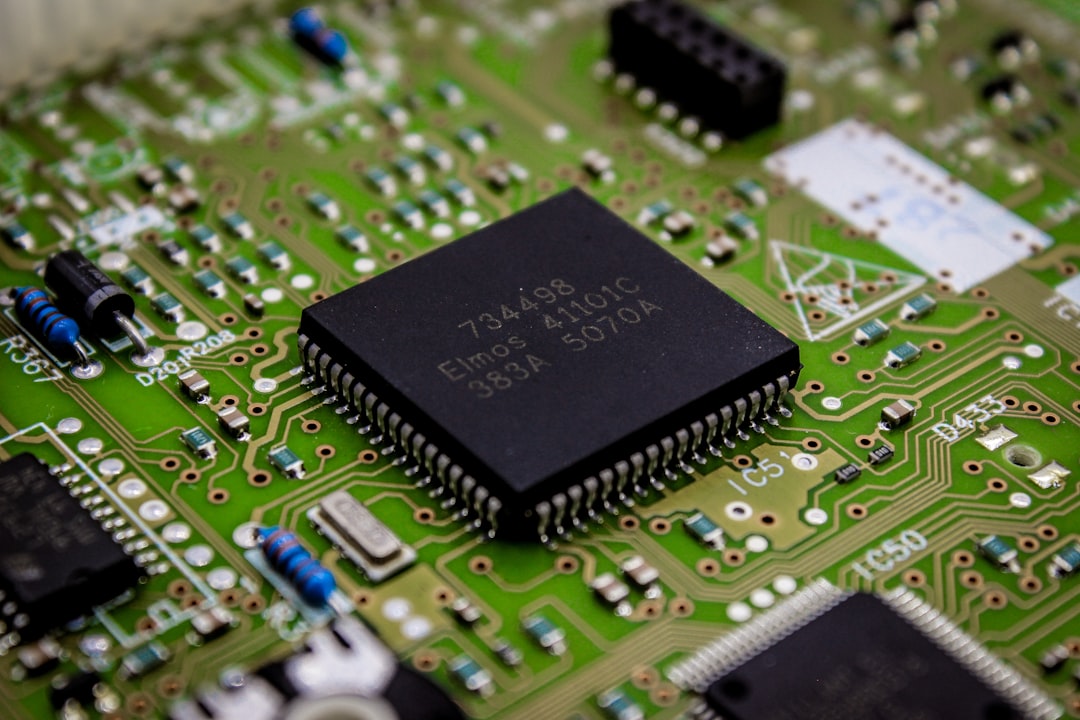What is it about?
Because of too much noise generated during the privacy process, privatized data sets tend to have lower usability (utility). One way to deal with this problem is to use machine learning as a gauge for better usability of the privatized data. In the paper we apply data privacy on a data set using differential privacy, a state-of-the-art data privacy technique. We then apply machine learning on the privatized data set to gauge the usability of that data.
Featured Image
Why is it important?
Finding a balance between privacy and usability has been found to be intractable. There is always a tension between publishing a fully privatized data set but such data will have low utility. Therefore, a balance is always sought but with trade-offs. Meaning that you might achieve an acceptable amount of utility but at the cost of lower privacy, or versa-visa.
Perspectives
Finding the right balance between privacy and utility remains problematic and trade-offs are always a necessity. However, even finding the right trade-off point remains a challenge and requires doing a data privacy requirements analysis before the privacy implementation.
Dr Kato Mivule
AFIT
Read the Original
This page is a summary of: Towards A Differential Privacy and Utility Preserving Machine Learning Classifier, Procedia Computer Science, January 2012, Elsevier,
DOI: 10.1016/j.procs.2012.09.050.
You can read the full text:
Contributors
The following have contributed to this page










